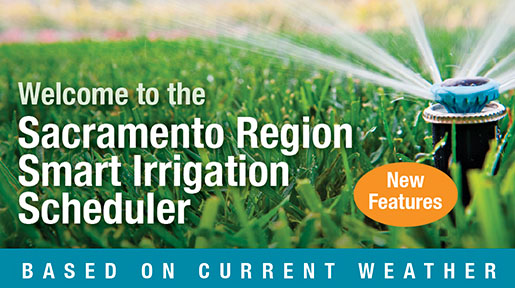Sprinklers have it rough. They are exposed to the burning sun, lawn mowers, trimmers, kids, dogs and more. It’s no wonder they become damaged or misaligned. And if you water at night or during early morning, it’s easy to miss obvious problems–like a water geyser shooting from a broken sprinkler. That’s why it’s important to check your sprinklers each month for water-wasting problems and make repairs within 48 hours. Here’s how:
- Designate a day each month to be a “landscape detective” and check your sprinklers.
- Turn on your sprinkler system one watering zone (valve) at a time, and walk each zone.
- Look for water-wasting problems such as:
- Sprinklers that water the sidewalks, street, fence and any other area that shouldn’t be watered.
- “Geysers”–water shooting out of a broken sprinkler head.
- Water squirting out around a sprinkler head, which could be a broken sprinkler or riser (the threaded pipe that connects the sprinkler to the pipe fitting below).
- Sprinkler heads that continue to be wet even when the system hasn’t run in awhile, indicating leaking or stuck irrigation valves.
- Check for runoff (water that runs from the lawn or planting bed and onto the pavement).
- Check for adequate sprinkler coverage: The spray from one sprinkler head should reach the adjacent sprinkler head for “head-to-head” coverage (meaning that water is distributed equally across all areas of your lawn).
- Schedule your sprinkler timer: Set individual zone run times according to plant type (turf and plants have different water needs) and adjust your watering schedule at least monthly according to the weather and your water provider’s guidelines.
- Finally, repair any problems you find within 48 hours.

